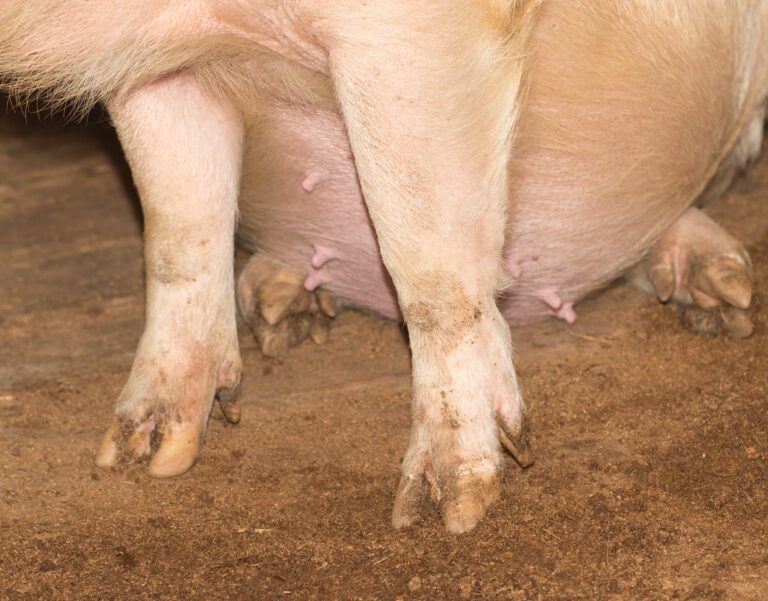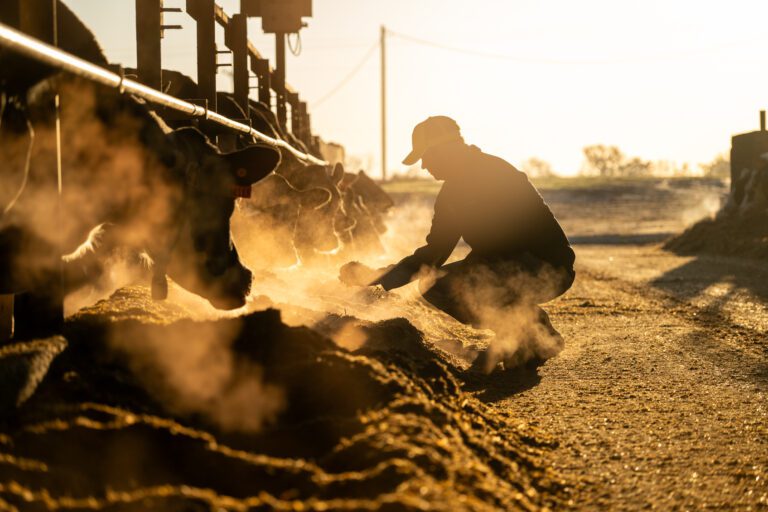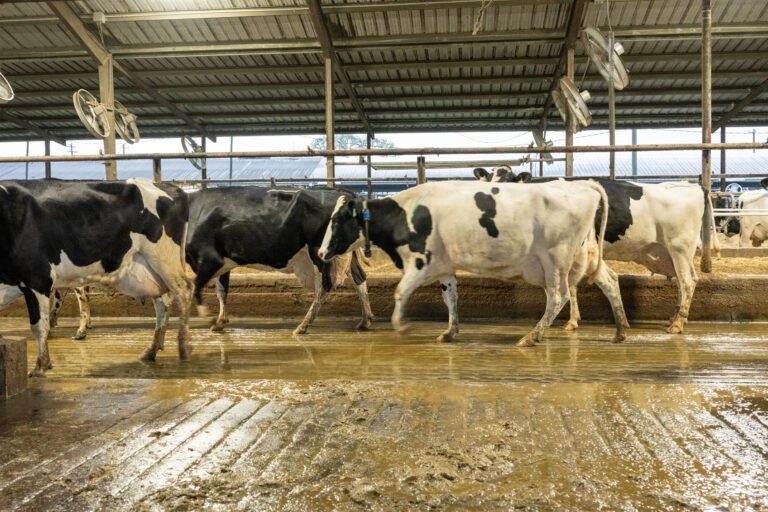Why Measuring Pig Meat Output per Sow Lifetime Changes the Trace Mineral Equation
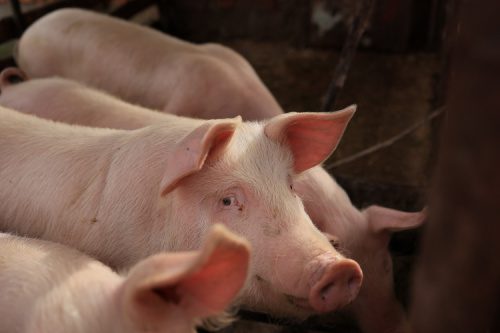
For decades, sow productivity was traditionally measured in piglets per sow per year. But a shift in economic pressures, sustainability goals, and animal welfare standards is pushing the industry to adopt a more meaningful performance metric: kilograms or pounds of pig meat produced per sow lifetime. This broader, output-focused view changes how we evaluate nutrition – and particularly the role of trace minerals.
From Cost to Value: Rethinking Mineral Nutrition
Historically, inorganic trace minerals such as oxides, sulphates and hydroxy minerals have been the industry standard. However, their low bioavailability and reactivity with other dietary components can reduce their effectiveness, economic return and result in wasted mineral being excreted.
In contrast, methionine hydroxy analogue chelates* (MHACs), a newer generation of organic trace minerals, offer superior bioavailability and functional duality. They supply both available essential minerals and a methionine source. These innovations were designed to deliver more value per ton of feed and therefore per pig and to help producers meet evolving challenges such as:
- Zinc and copper usage restrictions
- Reduced reliance on in-feed antibiotics
- Sustainability and waste management demands
*In the EU: “Chelate of hydroxy analogue of methionine”
A Visual Shift: Lifetime Output as a Performance Metric
When you assess productivity by pig meat per sow lifetime, it reveals the cumulative performance benefits of improved mineral absorption. Strategic MHAC supplementation has shown consistent improvement in:
- More pigs weaned per litter
- Percent of sows reaching parity 3 or beyond
- Piglet viability and weight gain
- Feed efficiency and nutrient utilization
- Final meat produced per inventoried sow
MHACs allow for a long-term ROI optimization, aligning with the reality that a productive sow is one who stays healthy, fertile, and efficient across multiple cycles.
Table 1. Impact on trace mineral program on sow productivity (Barea et al., 2019)
| Parameter | ITM | ITM:OTM | MHAC | SEM | P-Value |
| No. Sow farms | 28 | 26 | 28 | | |
| Farrowing rate, % | 86.49b | 87.24ab | 87.44a | 0.18 | <0.01 |
| Replacement rate, % | 48.55a | 46.1b | 46.00b | 0.27 | <0.01 |
| Mortality rate, % | 8.48a | 7.69b | 7.20c | 0.14 | <0.01 |
| Locomotion culling rate, % | 18.61a | 14.93b | 14.85b | 0.20 | <0.01 |
| Sow 3P, % | 67.18c | 70.69b | 73.93a | 0.25 | <0.01 |
| Liveborn | 13.02b | 13.41a | 13.50a | 0.04 | <0.01 |
| Piglets weaned | 11.53c | 11.87b | 12.12a | 0.04 | <0.01 |
| Preweaning mortality, % | 11.42 | 11.43 | 10.18 | 2.13 | 0.85 |
| Est. Pigs/3 parity lifetime | 23.2 | 25.2 | 26.9 |
Addressing Environmental and Regulatory Pressures
In many regions, excessive mineral excretion is facing tougher regulatory oversight, particularly for zinc and copper. Because MHACs are absorbed more efficiently, they can be included at lower dietary levels without sacrificing performance. This provides a technical advantage, especially in nutrient-sensitive production zones.
Figure 1. Relative increase in tissue Zn concentration for Zn-MHAC vs Zn-AAC using stable isotopes (Acosta et al., 2023).
Resilience in Modern Production Environments
Today’s sows are expected to thrive under more complex conditions such as increased growth rates during development, high litter sizes, group housing, antibiotic use restrictions, heat stress and dynamic housing systems. MHACs support immune resilience, tissue repair, and skeletal integrity, helping animals adapt to:
- Higher metabolic stress
- More intensive reproductive cycles
- Greater piglet output per parity
Strategic Insight: Long-Term Productivity vs. Short-Term Cost
Shifting from a “cost per ton” mindset with respect to trace minerals to a financial return per sow lifetime redefines what good mineral nutrition looks like. It’s no longer about the cheapest input – it’s about sustainable performance across the sow’s full productive life, including the quality of her offspring.
This article is a preview of Brad Lawrence’s full chapter in the Nutrition and Production Strategies for Today’s Sows. The full chapter dives deeper into the science and field insights that are reshaping how producers approach trace mineral nutrition for healthier, longer-lasting sows and more efficient pig meat production.
Key Takeaways from Brad Lawrence Chapter
The chapter makes a compelling case for why the future of sow nutrition must be output-focused. One of the key takeaways from years of research – and a recurring theme throughout this chapter – is that more is not always better when it comes to trace minerals. What truly matters is not the total amount added to the feed, but how much of it the animal can actually absorb and utilize. Studies highlighted in this chapter, including research conducted in Spain on sow lameness and locomotion, show that excessive inclusion of inorganic minerals offers no added benefit and may even exacerbate issues like oxidative stress or mineral interactions. By contrast, highly bioavailable sources like MHAC allow for lower inclusion rates while still supporting long-term productivity, mobility, and reproductive performance. This shift in mindset—from quantity to quality—is crucial for both environmental stewardship and economic return.
To explore the full insights, don’t miss the complete chapter in NOVUS’s new sow book. New Book Coming Soon: Nutrition and Production Strategies for Today’s Sows | Novus International, Inc.
References
- Spears, J.W., & Lloyd, K.E. (2014). Trace mineral supplementation of food animals: Requirements, regional deficiencies, and benefits of supplementation. Journal of Animal Science, 92(1), 416–425.
- Richmond, J. P., Ward, T. L., Spears, J. W., et al. (2020). Lifetime productivity in swine: Impact of trace mineral source. Translational Animal Science, 4(2), txaa057.
- Suttle, N.F. (2010). Mineral Nutrition of Livestock (4th ed.). CABI Publishing.
- Lawrence, B.V., & Southern, L.L. (2001). Effects of dietary phytase on growth performance and bone characteristics in growing pigs. Journal of Animal Science, 79(10), 2873–2880.
- Novus International, Inc. (2024). Internal Technical Report on MHAC Trace Minerals and Sow Retention – Unpublished data
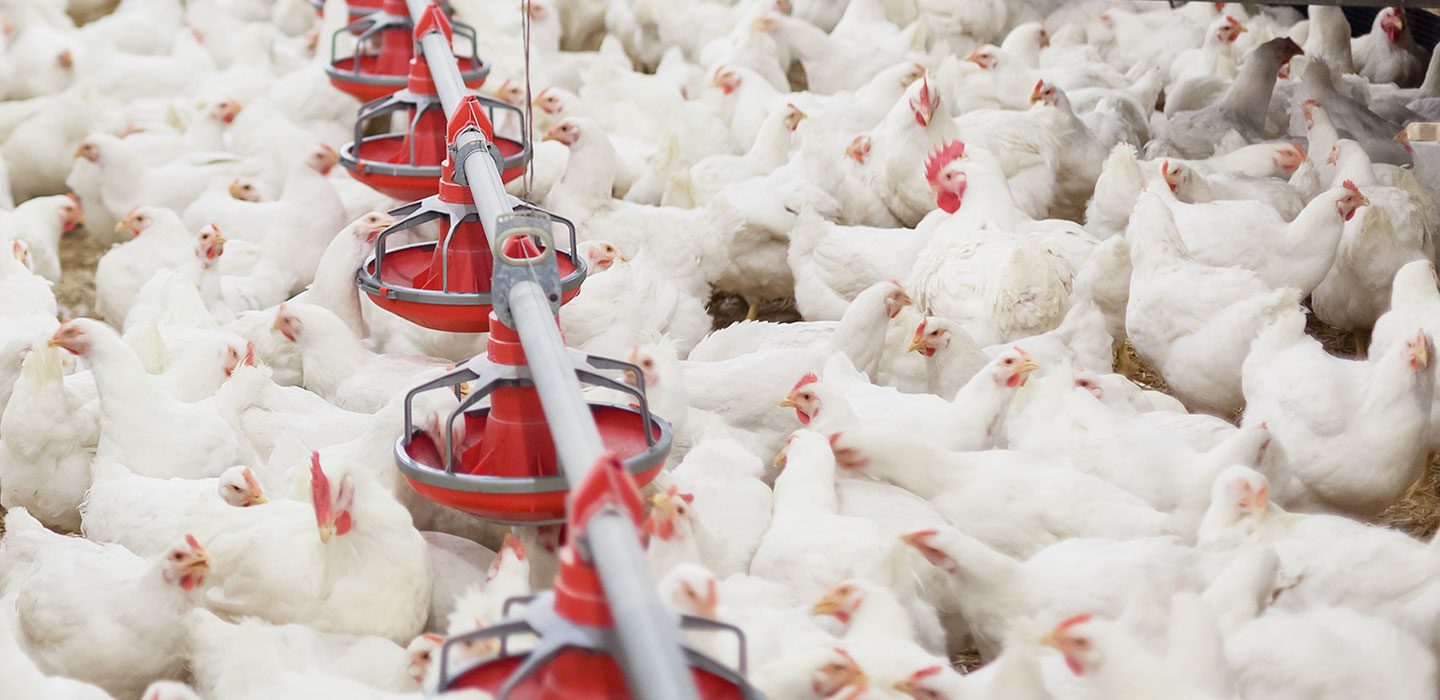
Intelligent Nutrition for Your Business
More science. More insight. More inspiration. More ways for you to feed the world.



